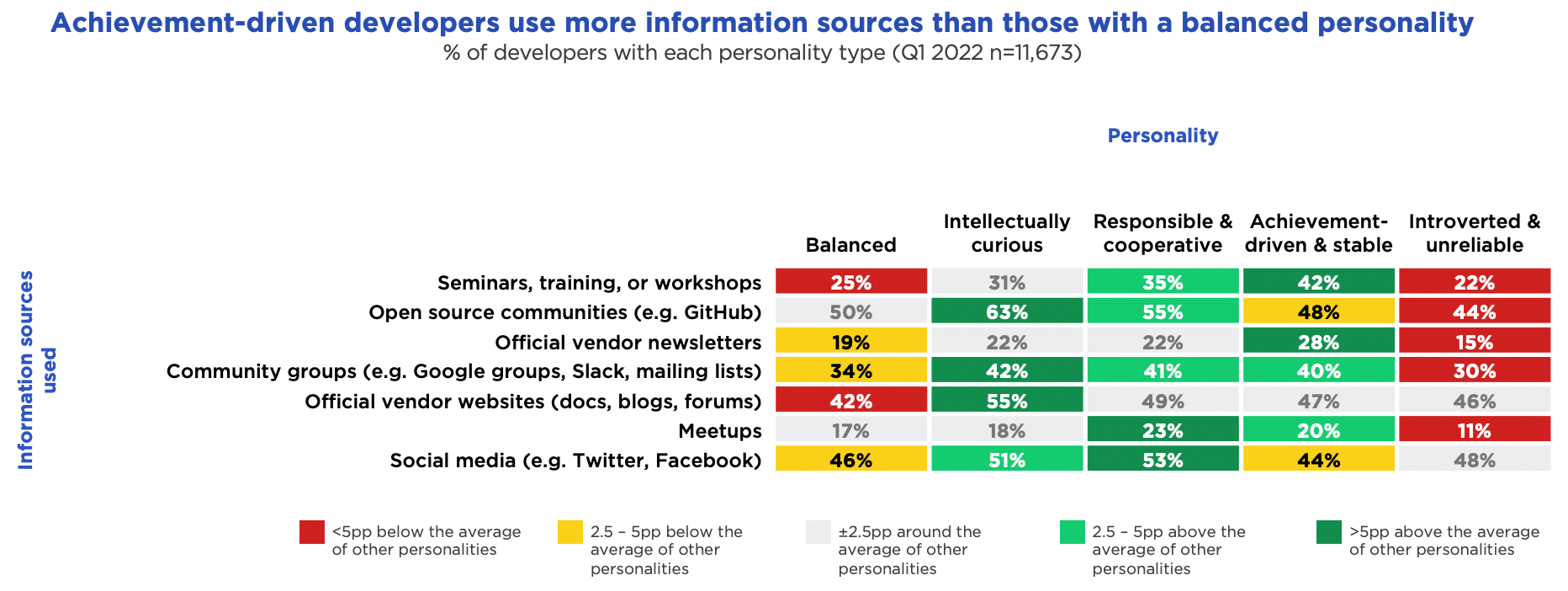Introduction
Let us consider for a moment the software developer. Many people use the terms software engineer and software developer interchangeably, but there is a distinction. Software engineers design software solutions, while software developers build those solutions to ready them for consumers. Designing and building are how things get done — for everything from houses, to cars, to reactors, to spaceships. In the 21st century, our lives run on software, and without it, the world would grind to a halt.
In ancient times, a developer might have been considered royalty. Developers wield tremendous power, because according to OwlGuru, software developers research, design, develop, and test operating systems-level software, compilers, and network distribution software for a variety of industries and general computing applications. They set operational specifications and formulate and analyze software requirements. They may design embedded systems software — and they do what they do by applying the principles and techniques of computer science, engineering, and mathematical analysis. They troubleshoot and optimize, and they get the job done using tools and solutions for quality and efficiency.
The Fork in the Road
Understanding what the software developer does enables us to see some of the challenges they face. There can be operational, debugging, and performance issues, architecture problems, user interface and user experience issues, and many other challenges. Each of these issues is a fork in the road from which good decisions and bad decisions can be made. Each problem is an opportunity for a developer to choose your product to help them solve that problem.
The two caveats in this scenario are that developers must be aware of your product and the solution it provides, and they have to trust that your product will deliver on their expectations. Developers typically work together in teams on projects, and their individual contributions are critical to success. Operational requirements, business standards, bias, and time constraints all play a role in the decision-making process. Team structure generally means that purchase decisions are typically made with input from more than one member, but they are usually made by the team leader.
Leader of the Pack
In the 2022 State of the Developer Nation Survey by SlashData, developers were specified according to the following categories: Balanced, Intellectually Curious, Responsible and Cooperative, Achievement-driven & Stable, or Introverted and Unreliable — and these categories were developed using data from the Ten-Item Personality Inventory methodology. Do your developer personas align with SlashData’s categories?
Importantly, SlashData’s survey also correlates personality type with the information sources used. The chart below shows the various personality types and their preferred sources of information. This information can be used to adjust your messaging or your marketing mix.
Table 1. State of the Developer Nation 2022 / Developer Survey / SlashData
personalities involved. However, understanding the function of the developer and the role of the team leader will help you tailor your marketing efforts. And understanding nuances in personalities can further help you optimize your marketing campaigns. If you want to discuss marketing to the developer community, please reach out to DeveloperMedia. We understand what it takes to be successful, and we can help you achieve your goals.
Resources
Software Developer job description
https://www.owlguru.com/career/software-developers-systems-software/job-description/
2022 State of the Developer Nation
https://slashdata-website-cms.s3.amazonaws.com/sample_reports/VZtJWxZw5Q9NDSAQ.pdf
SlashData
https://www.slashdata.co/
Decision-making
https://hackernoon.com/decision-making-the-most-undervalued-skill-in-software-engineering-f9b8e5835ca6




